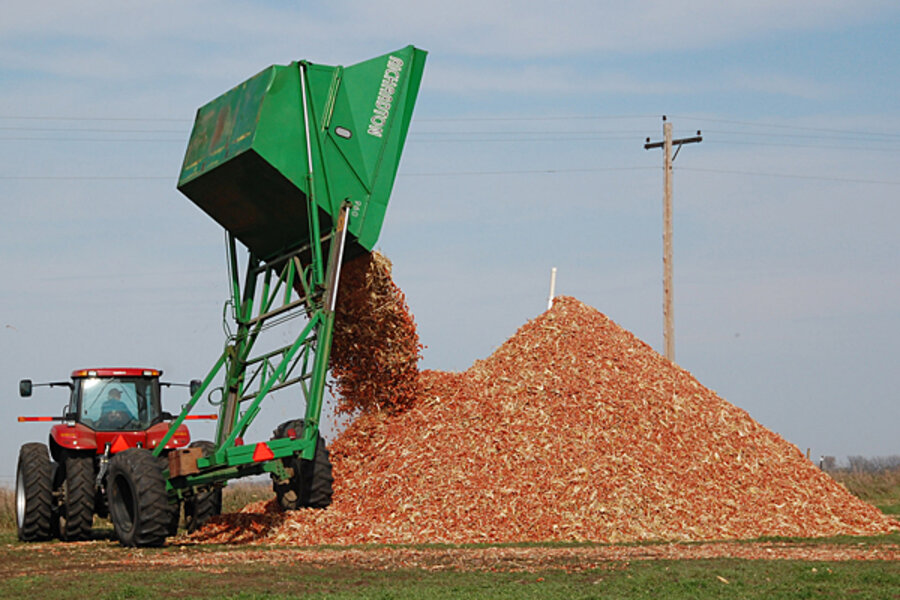EPA doubles down on ethanol mandates
Loading...
In my previous column — Why I Don’t Ride a Unicorn to Work — I used an analogy to describe the US government’s approach to cellulosic ethanol mandates. In brief, they have mandated that something that does not exist — commercial cellulosic ethanol volumes — be blended into the fuel supply in the hopes that they can incentivize the industry into existence. They decided to require gasoline blenders to purchase the fuel, which as it turns out was a bit of a problem since it didn’t exist.
Last week the court sided with the American Petroleum Institute in a lawsuit against the Environmental Protection Agency (EPA) over the mandates. The court ruled that the EPA — which was responsible for determining the mandated volumes each year — based their projections on wishful thinking rather than on sound analysis (See the court decision here).
So how did the EPA respond? Less than a week after the court ruled that the EPA had based their cellulosic ethanol projections on wishful thinking, the EPA set the 2013 cellulosic ethanol mandate at 14 million gallons — up from last year’s mandate of 8.65 million gallons. Given that only around 20,000 gallons of qualifying cellulosic fuel was produced in 2012 — about 0.2% of the final mandated volume — the EPA’s decision to increase the 2012 mandate by over 60% is odd to say the least. It seems like they have doubled down on last year’s wishful thinking with an even larger dose of wishful thinking.
Where did the EPA come up with 14 million gallons for 2013? They once again set the 2013 mandate based on what producers (e.g., KiOR and Ineos Bio) said they would produce, which was the approach that has failed miserably for each of the past 3 years. What’s the old saying about the definition of insanity? Doing the same thing over and over and expecting a different result.
I expect that we will see the EPA waste more tax dollars this year fighting — and losing — another lawsuit.
Link to Original Article: EPA Doubles Down on Unicorns





